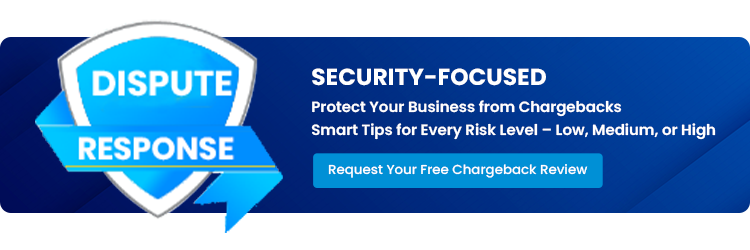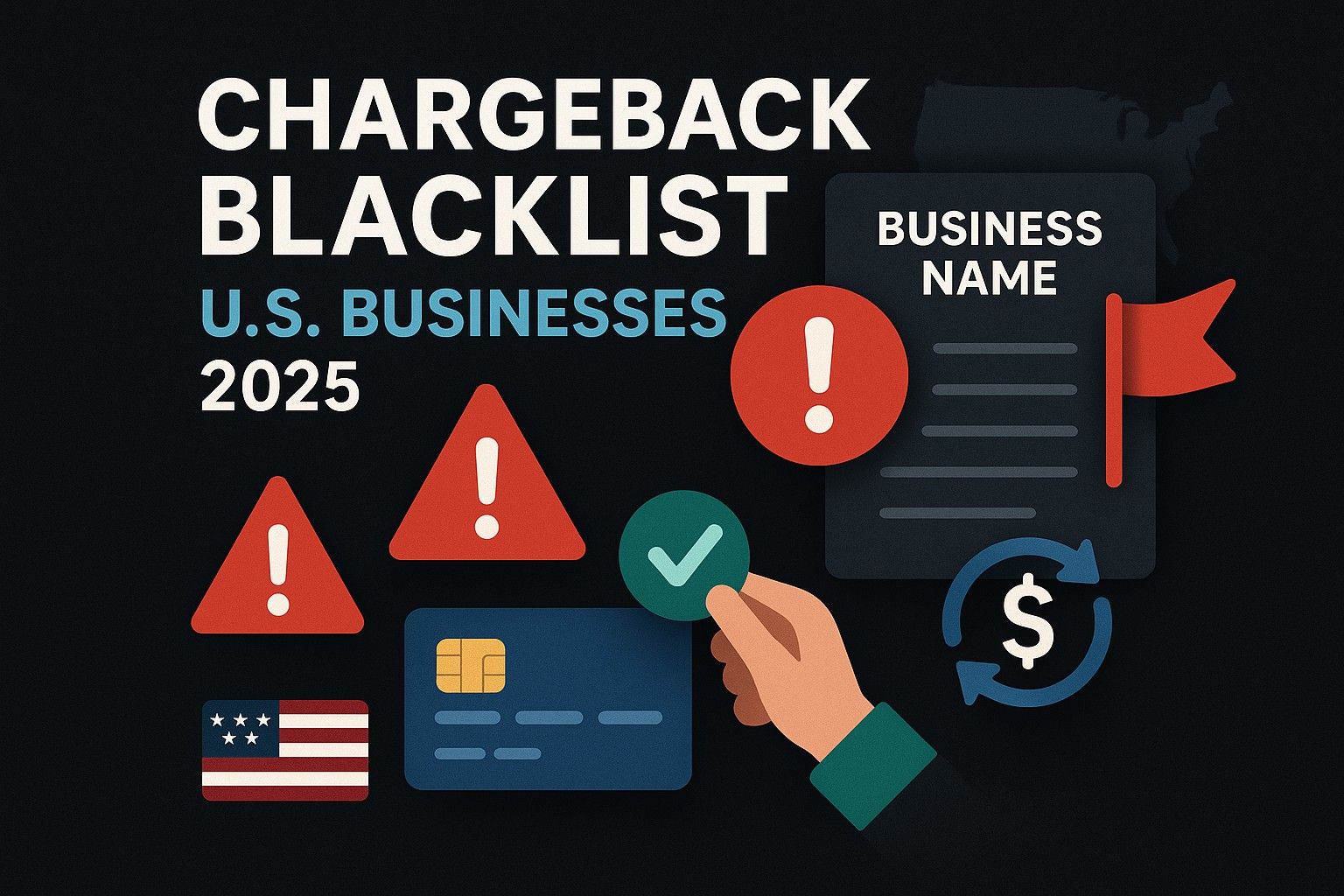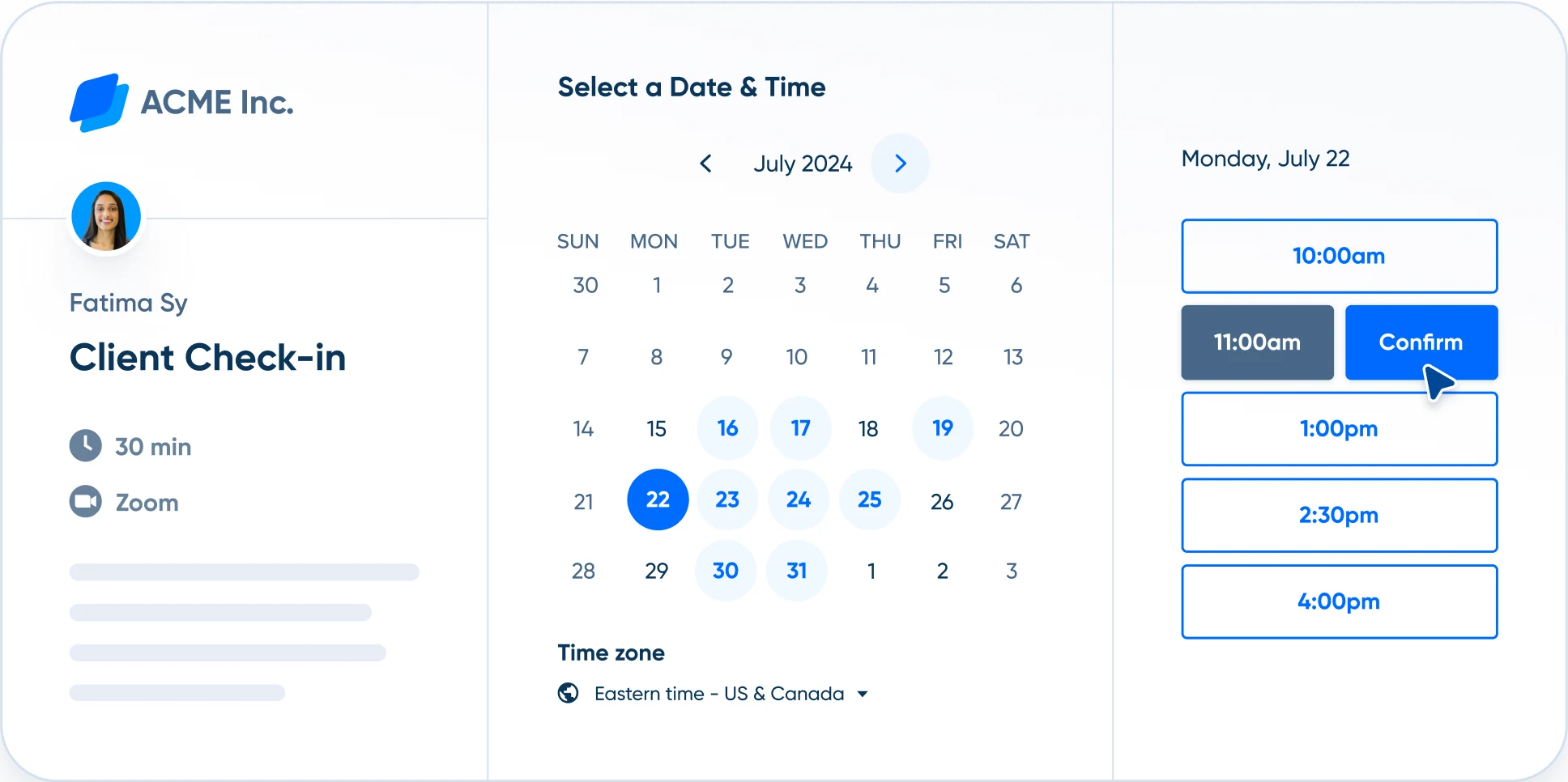Chargeback Management Services - Dispute Response Aug/ 5/ 2025 | 0
Chargebacks are a significant concern for businesses, especially in the e-commerce sector. When a customer disputes a charge, it can result in a chargeback, and if this happens frequently, it can lead to being placed on a chargeback blacklist. This can damage a business’s reputation and result in severe financial consequences. In this guide, we’ll explore everything you need to know about chargeback blacklists in 2025 and how to protect your business from this growing risk.
What is a Chargeback Blacklist?
A chargeback blacklist is a list of merchants who have an unreasonably high chargeback rate. Payment processors and card networks, such as Visa and MasterCard, monitor these rates to prevent fraudulent activity and protect consumers. If your chargeback rate exceeds the threshold set by these networks, your business could be added to this blacklist.
How Do Chargeback Blacklists Impact Your Business?
Being placed on a chargeback blacklist can have serious consequences, including:
- Higher Transaction Fees: Payment processors may impose additional fees on businesses that are on the blacklist.
- Account Termination: Your merchant account may be closed, meaning you won’t be able to process payments.
- Reputational Damage: Customers may be hesitant to buy from a business that is blacklisted, resulting in loss of trust and revenue.
- Increased Scrutiny: Being blacklisted often leads to more frequent audits, increasing operational costs.
How to Avoid a Chargeback Blacklist
Here are strategies to help you avoid being placed on a chargeback blacklist in 2025:
1. Monitor Your Chargeback Ratio
- Keep track of your chargeback-to-transaction ratio. Payment networks like Visa and MasterCard typically set a threshold (usually 1%). Ensure that your chargeback rate stays well below this limit.
2. Enhance Fraud Prevention Measures
- Implement robust fraud detection tools and 3D Secure to prevent unauthorized transactions before they occur.
- Consider integrating machine learning algorithms to identify and stop suspicious patterns.
3. Clear Communication with Customers
- Provide clear descriptions on your website about your products and services to avoid confusion and reduce the likelihood of disputes.
- Ensure that customers understand your return and refund policies to reduce chargeback claims.
4. Respond to Chargeback Claims Promptly
- When a chargeback is initiated, respond quickly and professionally with the necessary documentation to fight the chargeback. A prompt response can increase the chances of reversing the chargeback.
5. Maintain Excellent Customer Service
- Poor customer service is a leading cause of chargebacks. Providing a seamless customer experience can significantly reduce disputes.
What to Do if You’re Blacklisted
If your business is already on a chargeback blacklist, there are steps you can take to resolve the issue:
- Contact Your Payment Processor: Work with your payment processor to understand the cause of the high chargeback rate and develop a plan to reduce it.
- Implement Preventive Measures: Put in place fraud prevention strategies and improve your chargeback management process.
- Request Removal: After implementing corrective measures, you can request removal from the blacklist once your chargeback ratio drops below the acceptable threshold.

Email us anytime!
Email customer service 24/7

Call us anytime!
Reach customer care 24/7 at +1 (888) 927-5152
Conclusion
Being blacklisted due to chargebacks is a serious risk for businesses, but with the right preventive measures in place, it is entirely avoidable. By monitoring chargeback ratios, improving fraud detection systems, and offering excellent customer service, you can reduce the likelihood of falling victim to chargebacks in 2025. Stay proactive, and your business can thrive without the threat of chargeback blacklisting.


